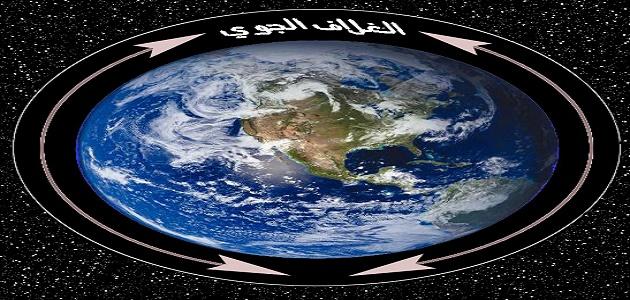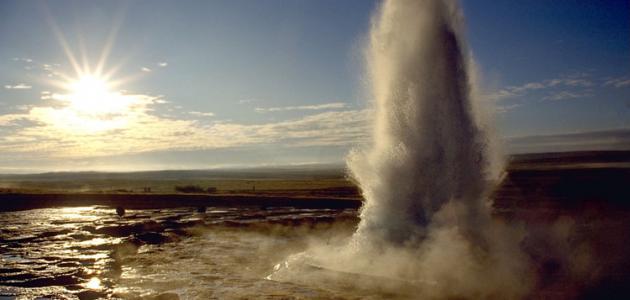Definition of tides
Tides are considered one of the natural phenomena that occur due to the effects of gravity on the moon and sun, and they often occur in coastal areas adjacent to the waters of the seas and oceans, so that they take the form of waves of water that can cover the coast. In more precise detail, the tide is known as a gradual rise in the level of Water is on the surface of bodies of water, while ebb is the opposite, as there is a gradual decrease in water levels as well.
Ebb and flow formation
Each of the tides is subject to the gravitational factor between the sun, the moon, and the Earth. Below is a simplified detail of the role of each of them in the occurrence of this phenomenon:
- In some places, the phenomenon of high and low tides occurs twice throughout the day, and the difference between them is caused by the appearance and disappearance of the moon.
- The sun and moon are major factors in the rise of tides, as well as the surface of the Earth, especially the beach, which affects the rise and fluctuation of tides.
- There is a phenomenon known as spring tides, which occur every month and have the highest and lowest tides.
- With every disappearance and appearance of the moon, it is the turn of the sun, the Earth, and the moon to appear in a straight line, which contributes to the rise in tides, due to the Sun’s gravity enhancing the moon’s gravity.
- When the Earth is close to the sun, the tides are at their strongest.
The effect of tides on environmental and weather factors
The occurrence of tides affects the levels of rain that fall and the levels of atmospheric pressure, and leads to changes in them, but they are not noticeable. Depending on the position of the moon, there is an increase or decrease in air pressure, and accordingly the air humidity is affected, which may increase or decrease the percentage of rain. As the atmospheric pressure increases, the humidity increases and thus the rainfall level will increase.
Read also:The largest earthquake in the world








